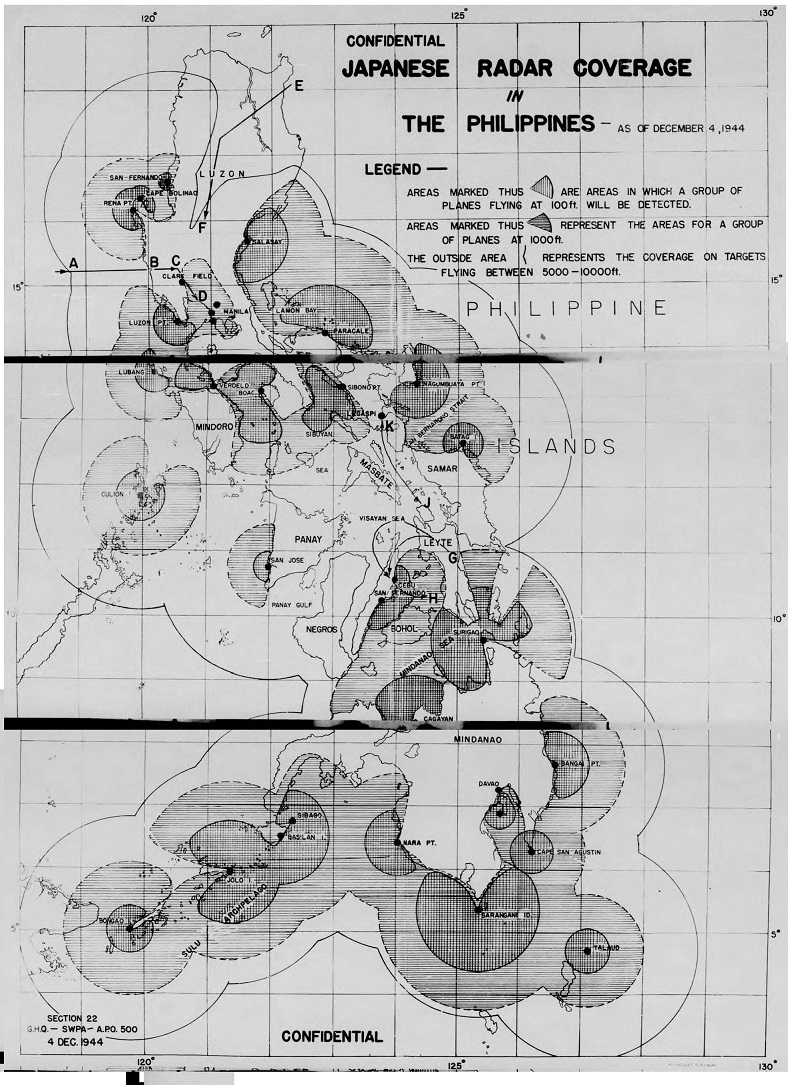A long essay by the founder of Facebook includes this assertion:
History is the story of how we’ve learned to come together in ever greater numbers — from tribes to cities to nations.
To which Steve Sailer responds:
As we all know, independence and diversity have always been the enemy of progress.
For example, that’s why Thomas Jefferson wrote The Declaration of Dependence submitting the American colonies to the British Empire.
Similarly, the father of history, Herodotus, wrote to celebrate the mighty Persian Empire’s reduction of the various Greek city-states to a satrapy ruled from Babylon.
Likewise, every year Jews gather to admit that their stiff-neckedness provoked the Roman Empire into, rightfully, smashing the Temple in Jerusalem on the holy day of We-Had-It-Coming.
And, of course, who can forget Shakespeare’s plays, such as Philip II and Admiral-Duke of Medina Sidonia, lauding the Spanish Armada for conquering the impudent English and restoring to Canterbury the One True Faith?
Similarly, Oswald Mosley’s prime ministership (1940-1980) of das englische Reich is justly admired for subordinating England’s traditional piratical turbulence to the greater good of Europe.
Likewise, who can not look at the 49 nations currently united by their adherence to the universalist faith of Islam and not see that submission is the road to peace, prosperity, and progress? If only unity had prevailed at Tours in 732 instead of divisiveness. May that great historical wrong be swiftly rectified in the decades to come!
(links via Isegoria)
Zuckerberg’s assertion about history being about “coming together in ever larger numbers”…with the implication that this is inherently in a good thing…is quite reminiscent of the views of Edward Porter Alexander, a Confederate general and later a railroad president…as excerpted in my post What are the limits of the Alexander analysis?
Following his initial snarkiness, Steve Sailer goes on to point out that “consolidation is some times a good thing, and other times independence or decentralization is a better thing. Getting the scale of control right all depends upon the circumstances. It’s usually a very interesting and complicated question that is the central issue of high statesmanship.”
Thoughts?

 In his
In his